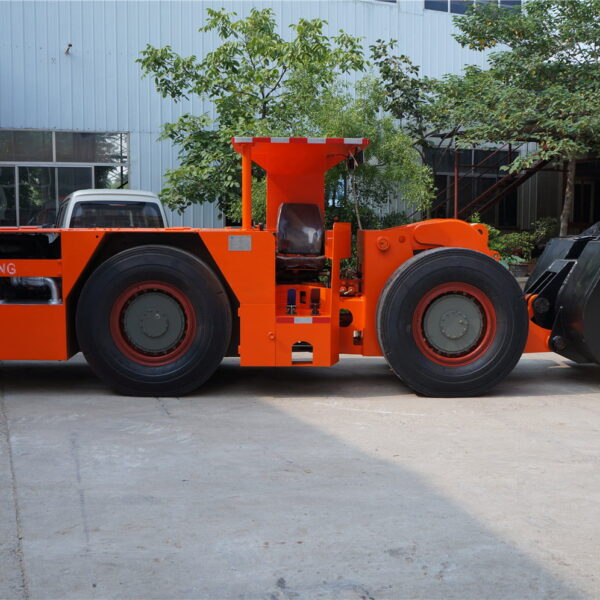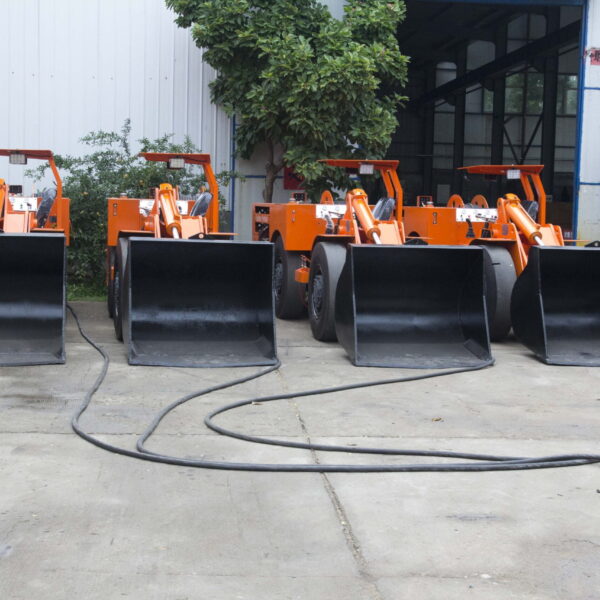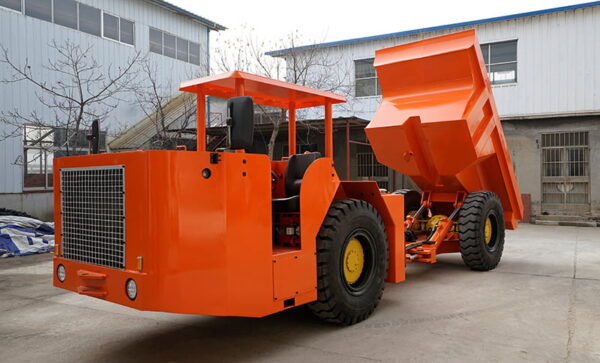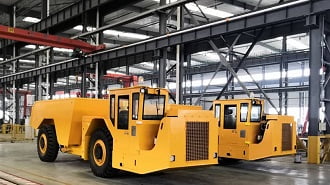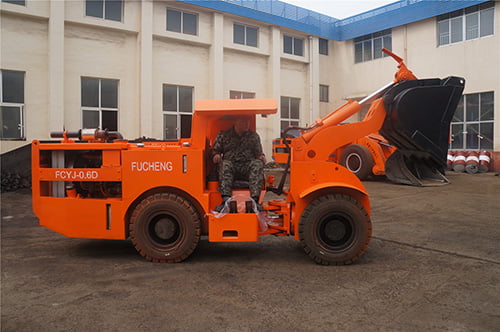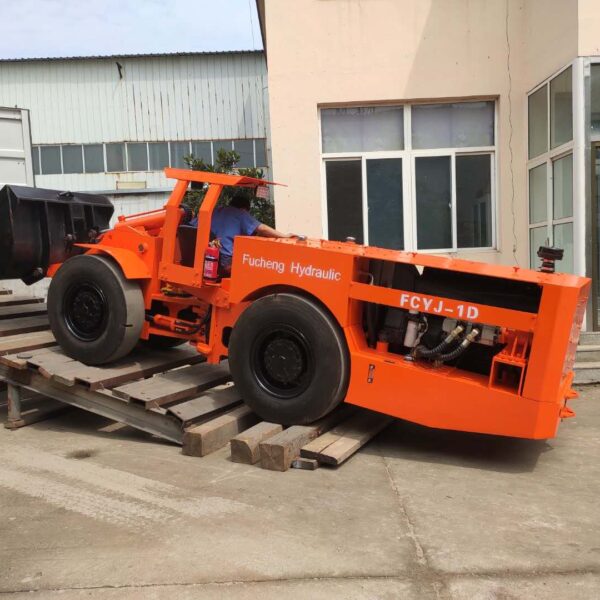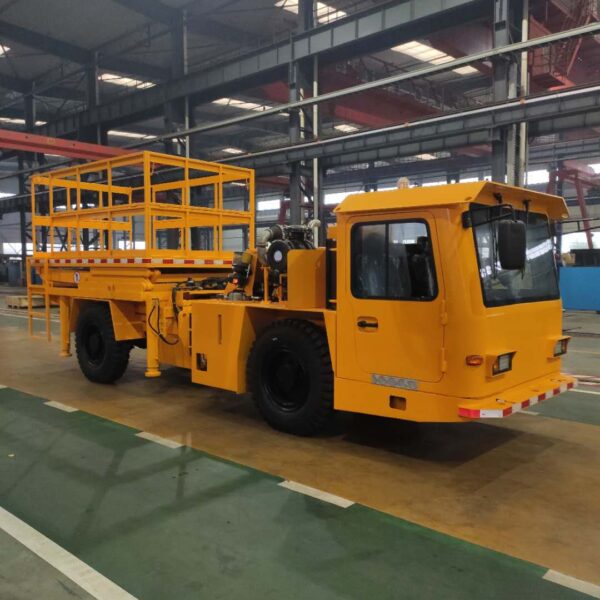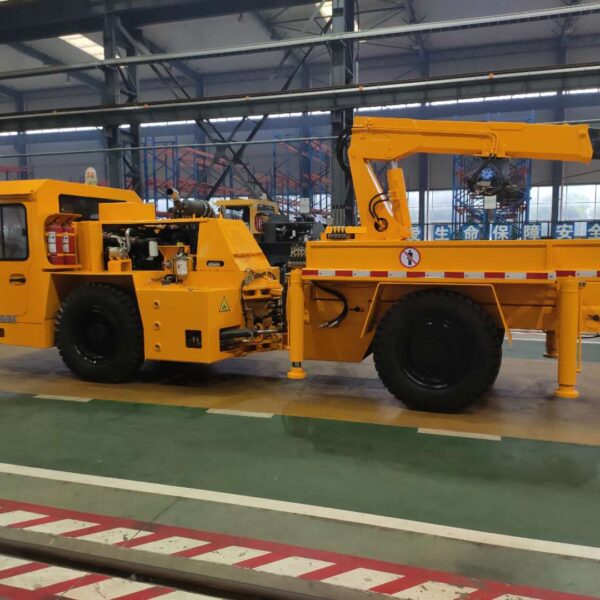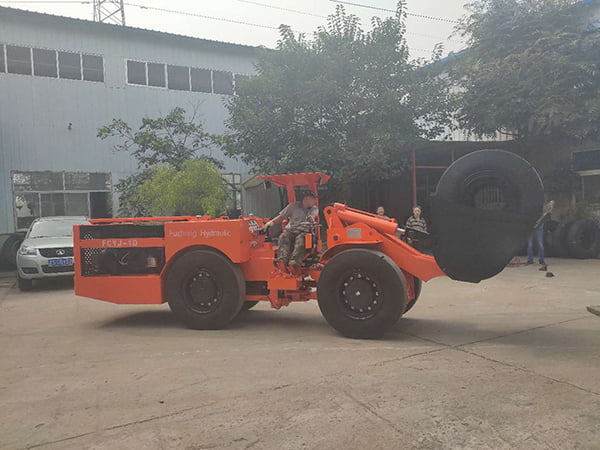Mining has been the backbone of the Australian economy. It offers many job opportunities and brings stability to the country. This country has many mining areas that use different ways to extract minerals from the earth. However, underground mining in Australia and its primary methods are prevalent in Australia.
In 2023, the mining industry made up 13.6% of Australia’s total GDP. The most common mining method used was underground mining. Miners use many techniques during underground mining. In this section, we will explore all those techniques and strategies. So, let’s get rolling!
Overview of Underground Mining and its Methods
Underground mining is a classic method for extracting ores and minerals under the earth. Different mining machines and equipment are used for this purpose. This method is applied when surface mining is not possible. It is common worldwide, not just in Australia.
There are generally two main types of mining: surface and underground. They are utilized depending on the requirements. In some areas, surface mining is not possible. For example, if the minerals are present deep beneath the earth’s first layer, it would be hard to conduct surface mining.
Even if you do, it would be very costly and impractical.
In such cases, underground mining comes in handy. The miners go deep inside the earth and rocks to get minerals. Keep in mind that different methods are utilized in underground mining. Each process or technique is unique, and their selection depends on the conditions of the working area.
Importance of Choosing the Right Underground Mining Method
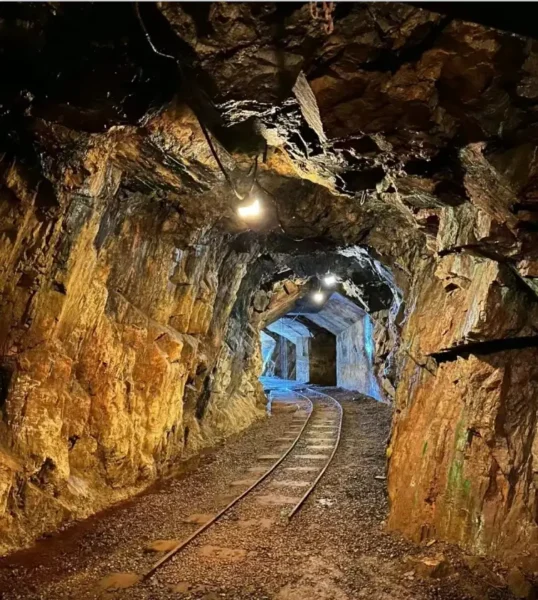
Mining is not easy and has many safety issues. The miners’ lives remain under threat. If you choose the wrong underground mining method, it can result in catastrophic damage. Keep in mind that the rocks present underground have varying strengths.
Some rocks are solid and can withstand mining. However, others are weak. These strong and weak rocks require different mining techniques. For example, some mines with weaker rocks require a supported mining method. Their chances of collapsing are high as they are weak.
On the other hand, some rocks are robust and don’t fall, so they can be mined by an unsupported mining method. The mining team first analyzes the rocks’ location and condition. After that, they select the appropriate underground mining method. There are different types of underground mining, each with its pros and cons.
Quick Highlight: Each underground mining method suits specific conditions and areas. The decision about choosing one specific method is made after inspection. In Australia, miners use different techniques. We will discuss each of them in the upcoming section.
Primary Methods of Underground Mining in Australia
Australian land is rich in minerals. The mining companies use various methods to extract those minerals and ores. I won’t say that one method is better than others. Each of them has its advantages in making miners work smoothly. Here is the list of standard underground mining methods used in Australia:
- Open Stoping
- Room and Pillar
- Block Caving
- Shrinkage
- Cut and Fill Mining
- Longwall Mining
- Sub Level Caving
As I said earlier, underground mining is divided into three methods: supported, unsupported, and caving. The methods mentioned above also fall under these three categories. I will explain them in the upcoming section by pointing out their categories and usability conditions.
1- Open Stoping (Unsupported Method)
This underground mining method is prevalent in Western and South Australia. It is safe, inexpensive, and offers maximum efficiency. First, the research team works to find the location of the minerals. Then, the miners dig a hole or stop in that location. Remember that this is an unsupported method, so rocks near the stope remain in good condition.
They don’t fall off. The miners go down to the stope and take the ores out. They dig from base to upward direction. So, the ores that are weakly attached to rocks start to fall off easily. The miners don’t have to put in extra effort. This method of mining can produce around 20000 to 25000 ores per month.
Let’s discuss the safety of the miners, which is crucial for companies. The nearby rocks of stoops are strong, so there is no risk for miners. They can quickly go into the hole and take out the ores. Moreover, if there are any loose rocks, they use different ways to fix them. You won’t see any live dangers using them.
2- Room and Pillar (Unsupported Method)
The room and pillar method is relatively easy but less safe than stopping mining. In this method, the miners dig in the rocks to get the ore. During the process, they leave some rocks and remove others. The portion of rock that is not removed is called pillars.
This portion is a kind of support and does not let the rock fall off. The portion of rocks that miners dig at and go deep are called rooms. These are places where they extract and take the minerals. The room goes deep as the miners keep going down, removing the minerals. In simple words, rooms are the places where miners take the required minerals.
Once the mining is done, the entire area looks like rooms and pillars. The rocks in such areas are not very strong. They cannot bear the excavations and can fall off. Therefore, this method of mining comes in handy. The miners trust the pillars and go down and dig. The good thing is that those pillars provide stability to whole rocking structures.
3- Block Caving (Caving methods)
I like this method of mining because it is very efficient. It can produce 100,000 tonnes of ores per day and can be increased to one’s liking. In this method, the miners make a tunnel and go deep near the ore body, which usually remains on solid rocks.
The miners remove this portion of rock from the base of the ore body, undercutting it. As a result, the ore body becomes unstable due to the lack of underneath rock. So, this ore body starts to fall off and accumulate at the bottom. Keep in mind that this fall of your body is very controlled.
The miners can extract the required minerals once the ore body falls and accumulates. Modern machines are very efficient and can collect the ores quickly. They make the mining process very fast and reliable. Above all, this method is safe for the miners. They stay away when the ore body starts to fall off.
4- Shrinkage Stoping (Unsupported Method)
The Shrinkage method is very complex and can also be unsafe for miners. It is used when the ore body is very steep and vertically deep. Reaching the base of such an ore body is not possible. In such cases, the miners dig tunnels to reach the ore body, taking different paths.
Once they reach the ore body, they extract ore from it. As you know, it is hard to take all the ore at once. So, the miners dig and cut the lower side of the big ore body. They keep taking the ores out. The time comes when the base of the ore body gets void of the base.
The ore body starts to fall due to gravity and lack of support. Miners’ work becomes very easy, and the ore body breaks down on its own. They quickly remove the minerals and ores. Keep in mind that this method is for steep and deep rocks. Deep tunnels are made to reach the base of the ore body.
Quick Tip: Although the miners go very deep, they remain safe. The reason is that nearby rocks are solid. They can hold even when the miners dig holes in them. However, this method can be time-consuming as miners have to go very deep and steep.
5- Cut and Fill Mining (Supported Methods)
Due to its complexity, this method is not very commonly used. However, it can be handy when the rocks are not very strong. This is a subtype of supported underground mining. The miners dig and go down to the steep ore body. They cut the part of the ore body carefully.
Once the ore body is removed, the miners fill the void with fill material. This fill material gives stability and integrity to the rock structures. Due to its soft nature, the rock does not fall off. So, the miners keep extracting the ores and filling the voids with fill material.
In this way, they remove the ore and take it out. The fill material keeps the ore body stable. If the fill material is not present, the ore body will collapse due to the removal of some parts. However, this fill material is expensive, making the process costly. Moreover, there is a risk for the miners, as the rocks are not very hard.
6- Longwall Mining (Caving methods)
This method does not require extensive work from the miners. Instead, the shearer and conveyors do the hard work. First, the block of coal present under the rock is identified. The companies use different techniques and technologies to spot such coal blocks.
After that, the panel of coal undergoes the mining process in a single line or slice. The shearer, a cutting machine, cuts the coal that falls on the conveyor. Simply put, this shearer pushes the coal onto an armored face conveyor, which takes the coal out of the mine on the surface.
The question arises: Why does the roof above the coal not fall? The miners use special shields to protect the roof from falling off, so there is no significant risk to the miners. However, this underground mining process is slow and very costly. Going deep into slices and using conveyors and shields on the roof is a big headache.
7- Sub Level Caving (Caving methods)
This method of mining is applied where rocks are not very stable. The ore body usually remains deep and steep. The miners make deep tunnels to reach this ore body. Remember that multiple deep tunnels, also known as sub-levels, are made in the direction of the ore body’s location. Upon reaching the target, they create a hole in the ore body.
The question is: how do they break the ore body? For this purpose, miners use explosives. They place these explosives in the holes of the ore body and detonate them. As a result, the big ore body breaks down into pieces. The miners take this ore and transport it to the surface. This method is both expensive and unsafe.
Factors Influencing the Choice of Mining Method
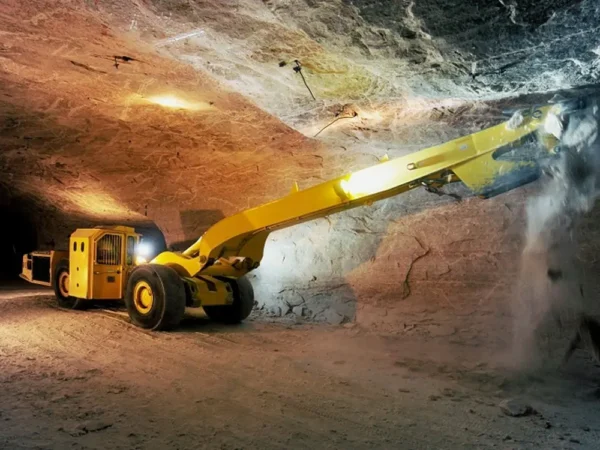
As you know, Australia is a hub for the mining process. Many mining companies operate there and explore millions of tons of minerals. However, there is no fixed rule for choosing a specific method. Method selection depends on the conditions of the mine and area.
So, I can’t tell you about one specific method used in Australian soil. In some mining operations, they can use open stopping; in others, they can use the block-caving method. It depends on many factors. However, the two most crucial and decisive factors are as follows:
-
Stability of the Rock and Ore
This is the most influential factor in choosing a mining method. At the start, I mentioned that there are three main categories for underground mining. Those are based on the strength and stability of rocks. Let me explain how the selection criteria depend on rock hardness. Unsupported mining methods are utilized if the rock or ore body is solid and hard.
If the rock is soft, caving methods are used. The safety of the miners is critical. No company wants to compromise the lives of its workers, who are its tangible assets. So, they analyze and inspect the conditions of the rock and then decide.
-
Cost and Practicality
One of the most important factors is the value proposition of the mining method. It does not make sense to use techniques that are not cost-effective. Companies aim to make a profit on their mining projects. If they opt for expensive methods, they will lose money.
Specific methods must be compatible with the mining area. If the mining method complements that working area, the cost of mining will be less. However, using the wrong mining method will be disastrous for cost-effectiveness.
Biggest Underground Mining Operations in Australia
As I said, Australia’s mining industry is enormous and contributes heavily to the country’s economy. Let me surprise you with a stat. According to GeoScience Australia, there are 350 operational mines in Australia right now. So, you can imagine how much minerals are extracted from these mines.
Those mines are spread all over Australia. However, Australia’s western and southern regions are famous for mining work. Here is the list of some of the most significant underground mining operations in Australia:
- Mount Isa Mines (Queensland)
- Fosterville Gold Mine (Victoria)
- Cadia Valley Operations (New South Wales)
- Anglo-American Australia’s Callide (Queensland)
- Fortescue Metals operations (Western Australia)
- Economic Contribution of Mining (New South Wales)
- Rio Tinto operations (Queensland and New South Wales).
- BHP Billiton’s Olympic Dam operations in South Australia
Cadia Valley’s underground mining operation alone produces around 2000 job opportunities for Australians. Its mineral reserves are even more significant. Many other mines operate on a low scale. However, their contribution to the mining industry is also noticeable. Australia produces millions of tons of mineral resources annually.
Questions fréquemment posées
What are the methods of underground mining in Australia?
Various underground methods are used in Australia. These include open stoping, room, pillar, block caving, shrinkage, longwall, and sub-level caving. Each technique is used in different conditions.
Is there underground mining in Australia?
Yes, underground mining is widely used in Australia. Many Australian mining companies rely on this method for mineral extraction.
What are the advantages of underground mining in Australia?
It allows us to extract minerals deep inside the rocks, which no other method can achieve. Moreover, it is a more consistent method that gives a steady flow of minerals. It is not affected by weather and does not cause mineral washout from the surface of the land.
Conclusion
Underground mining can produce tons of ores. Its high production rate and efficiency make it stand out. Australia, a mining hub for miners, uses different underground techniques to extract minerals. In this guide, I’ve mentioned seven standard mining methods in Australia.
However, no mining company guarantees that it will use any specific method. The selection of these methods depends on the mining area. All mining methods vary in terms of their cost-effectiveness. However, two key factors influence the choice of mining methods: the stability of the rock and ore body and cost.

